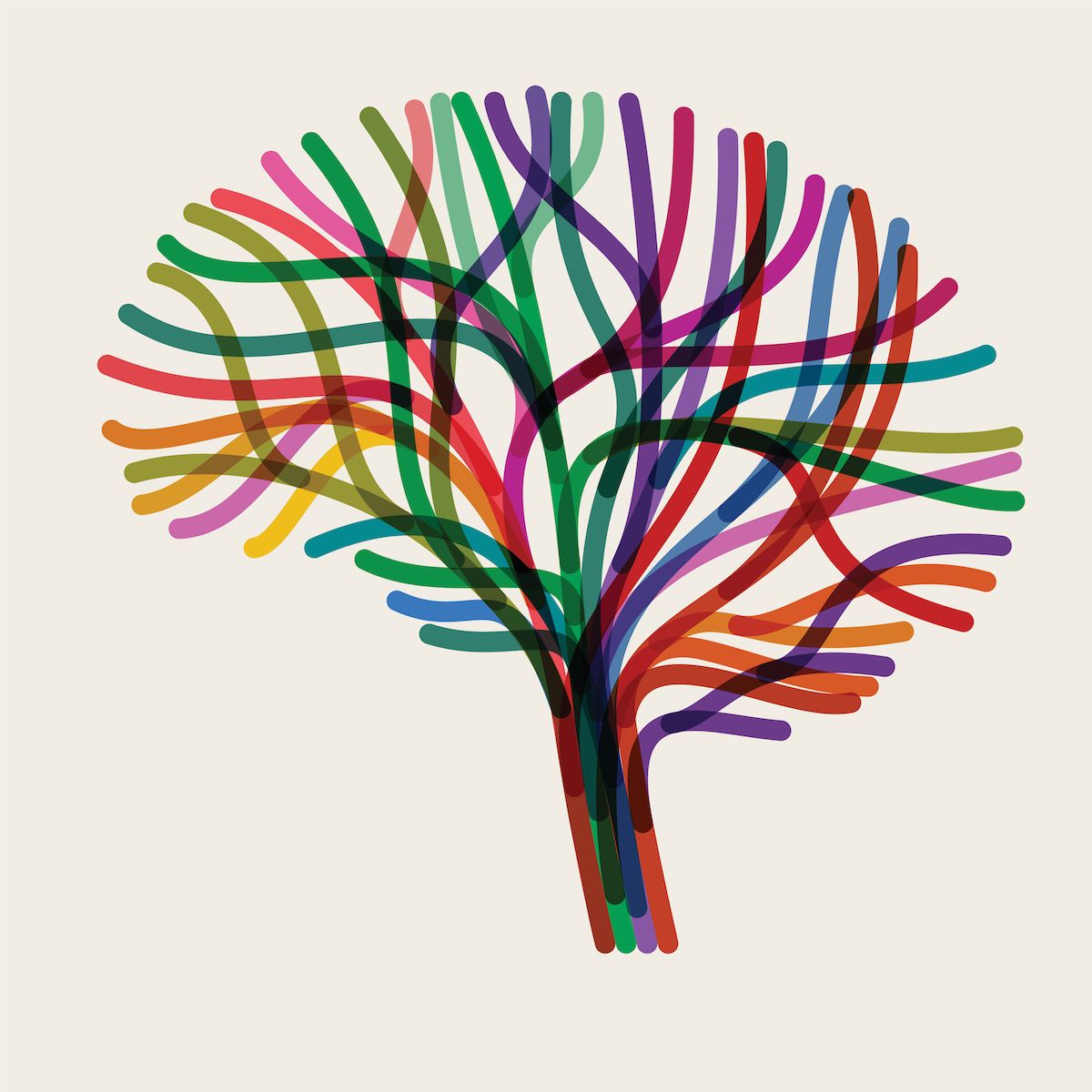
The severity of excessive daytime sleepiness correlated with the prevalence of Parkinsonian-like symptoms in adults aged 50 to 64, but further research is needed to determine the mechanisms behind the findings.
A recent study published in the Journal of Clinical Neurology found that the severity of excessive daytime sleepiness was associated with Parkinsonian-like (P-L) symptoms in Korean adults aged 50-64 years. While the mechanisms behind this observation are not yet known, population-based studies using simple questionnaires could play a key role in future research, according to study authors.
Identifying the early clinical symptoms of neurodegeneration—which can begin to appear decades before Parkinson disease diagnosis—is important in the middle age population. Excessive sleepiness during the day has been associated with clinical onset of Parkinson disease later in life, but the association between excessive sleepiness and P-L symptoms in middle age has not been studied in past research.
The observational study aimed to determine the relationship between daytime sleepiness severity and P-L symptoms in a population of 2063 participants aged 50 to 64 years who were participating in the Korean Genome and Epidemiology Study (KoGES) in 2013 and 2014 and who did not have Parkinson disease or related conditions. The Epworth Sleepiness Scale (ESS) was used to gather self-reported data on daytime sleepiness, and self-reported P-L symptoms included 9 motor disorders associated with Parkinson disease.
Overall, 7% of participants reported an ESS score higher than 10—the threshold for excessive daytime sleepiness. A total of 58.8% reported low daytime sleepiness, and 34.2% reported moderate sleepiness.
P-L symptoms presented at various frequencies, with the most prevalent being “handwriting smaller than it once was” (18.4%) and “loss of facial expression” (12.1%). Those with the lowest frequencies were “feet suddenly seem to freeze in doorways” (1.2%) and “trouble buttoning buttons” (0.5%).
Some of the P-L symptoms were associated with more severe daytime sleepiness, including “voice is softer than it once was,” which increased from 6.6% to 16.5% as daytime sleepiness severity increased. “Balance when walking is poor” increased from 1.7% to 7.5%, and “loss of facial expression” increased from 9.2% to 20.0% prevalence as daytime sleepiness increased. Excessive daytime sleepiness prevalence was 6.3% in those with no symptoms, versus 19.8% in those with 3 P-L symptoms.
Other notable P-L symptoms were “difficulty arising from a chair” and “shuffling feet and tiny steps when walking,” both of which were common with severe sleepiness—but these did not show the same consistent increases as the previously mentioned symptoms and therefore aren’t considered significantly associated in this study.
Due to the cross-sectional nature of the study, one limitation is a lack of longitudinal analysis and inability to determine causal relationships. The authors also note that in the KoGES, the associations between sleepiness severity and P-L symptoms are independent of other potential confounders. This makes is difficult to determine the mechanisms behind these observations.
Despite the limitations and the clinical complexity of severe sleepiness, the study shows significant association between P-L symptoms and daytime sleepiness in Korean adults aged 50-64 years— although the generalizability of the findings is unknown. More research is necessary to determine whether P-L symptoms and severe daytime sleepiness predate further impairments later in life.
“Since the pathogenesis of Parkinson’s disease can predate the diagnosis of this disease by as long as 30 years, identifying clinical features associated with P-L symptoms in middle age could be useful in monitoring the progression of Parkinson’s disease and susceptibility to the development of extrapyramidal impairments.”
Reference
Shin C, Kim REY, Thomas RJ, Yun CH, Lee SK, Abbott RD. Severity of daytime sleepiness and Parkinsonian-like symptoms in Korean adults aged 50-64 years. J Clin Neurol. Published online December 30, 2021. doi:10.3988/jcn.2022.18.1.33
"severe" - Google News
January 22, 2022 at 10:25PM
https://ift.tt/3nPGhoy
Severe Daytime Sleepiness Linked With Parkinsonian-Like Symptoms, Study Finds - AJMC.com Managed Markets Network
"severe" - Google News
https://ift.tt/2OrY17E
Shoes Man Tutorial
Pos News Update
Meme Update
Korean Entertainment News
Japan News Update
Bagikan Berita Ini















0 Response to "Severe Daytime Sleepiness Linked With Parkinsonian-Like Symptoms, Study Finds - AJMC.com Managed Markets Network"
Post a Comment